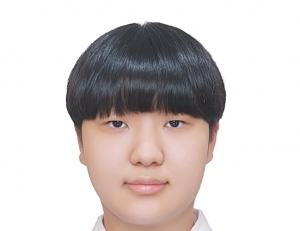If you get a question about independence activists, maybe you will think of male independence activists such as Ahn Jung-geun, Lee Bong-chang and Yoon Bonggil. However, there are many women who contributed to the independence of Korea. Therefore, the Pharos will introduce two women independence activists other than the already well-known leader of the “3·1 Manse Movement” Yu Gwan-sun. The first woman is Kwon Ki-ok, who conducted a campaign to raise military funds in Pyeongyang. The second is the only woman independence activist who was a member of the military, Nam Ja-hyeon.
Kwon Ki-ok was born in Pyeongyang in 1901. When she was 11, she entered Sunghyeon Primary School and after graduation, transferred to Sungeui Women’s School to begin 3rd grade. While there, she entered the Songjuk club, a secret anti-Japanese squad in the school, on the recommendation of her math teacher, Park Hyeon-suk. She made Korean flags (Taegeukgi) and distributed them in support of the March 1st Movement and called out “Hurray for the independence of Korea” as an activity of the Songjuk club. However, when Park Hyeon-suk was arrested, she shouted “Hurray for the independence of Korea” again along with other students. After a few days, she was arrested because of this activity and put in jail for 3 weeks. She threw herself into the work to raise independence funds with contacts in the Republic of Korea’s temporary government and send the money to the temporary government. Next, she entered the Military Air Force Academy of China. After graduation, she worked as the first Korean woman pilot in the Chinese air force. In 1943, she planned an operation with pilots who were working in the Chinese air force, but the plan was not implemented because Japan lost ground earlier than they had anticipated.
Nam Ja-hyeon wanted to exact revenge on Japan after hearing about her husband’s death in the straggle against Japan. However, she had to support her son and parents-in-law, and she was even forced to sell her own silk. After the advent of the March 1st Movement, she thought the best way to avenge her husband’s death was to join the anti-Japanese national drive. Therefore, she moved to China with her son and assisted both military and governmental forces in opposition to Japan. After a few years, she pushed ahead with a plan to assassinate the Japanese governor-general, but the plan failed. Later, she cut her top left hand ring finger joint and wrote a book in her own blood titled “Joseon Independence Activist” on white fabric. She sent the book to a research group with her ring finger joint to express the extent of Japan’s barbarism to an international federation research group. In 1933, she made up her mind to die and went on a hunger strike for 15 days, but in reality her death was caused by a life of torture and imprisonment. Before dying she gave some Chinese currency to her son at an inn and asked him to use this money to celebrate independence if Korea achieved independence. Then she died with a reminder to everyone that “to live and die is not just to eat, but to champion a conviction of mind. Independence begins in the mind.”
Women independence activists fought to save our nation as well as men, but they are not as well known as men. It is hard to learn about every independence activist, but the Pharos hope that in the compulsory curriculum, content about women independence activists will increase. Also, to the readers of this article, please take an interest and remember the women independence activists who fought for our country.
71st Cub Reporter LEE GAEUN antonia0504@naver.com
- TAG
-
 Freedom Given to Youth: An Opportunity for Choice or a Burden of Constraint?
“Are we truly free today?” Classical literature is far more than time-honored stories. It offers profound insights into human nature and society that transcend time, remaining a valuable resource for examining the challenges our world faces today. This article will draw on George Orwell’s 1984 and Charles Dickens’ Oliver Twist to explore the contemporary issues of youth housing and the emergence of a surveillance society ...
Freedom Given to Youth: An Opportunity for Choice or a Burden of Constraint?
“Are we truly free today?” Classical literature is far more than time-honored stories. It offers profound insights into human nature and society that transcend time, remaining a valuable resource for examining the challenges our world faces today. This article will draw on George Orwell’s 1984 and Charles Dickens’ Oliver Twist to explore the contemporary issues of youth housing and the emergence of a surveillance society ...

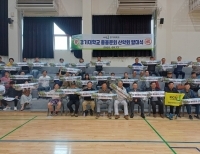 [단신] 산악회, 본교 동문의 버팀목이 될 수 있도록
[단신] 산악회, 본교 동문의 버팀목이 될 수 있도록
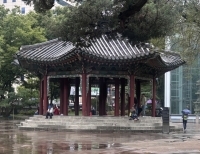 [사회메인] 노인 인구 1,000만 시대, 준비 없는 사회가 불안해
[사회메인] 노인 인구 1,000만 시대, 준비 없는 사회가 불안해
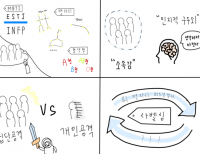 [네컷만화] 라벨링 문화
[네컷만화] 라벨링 문화
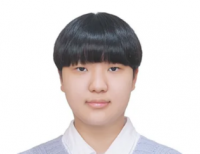 [진리터] 결국 우리 모두 돌아볼 것이니
[진리터] 결국 우리 모두 돌아볼 것이니

 목록
목록





